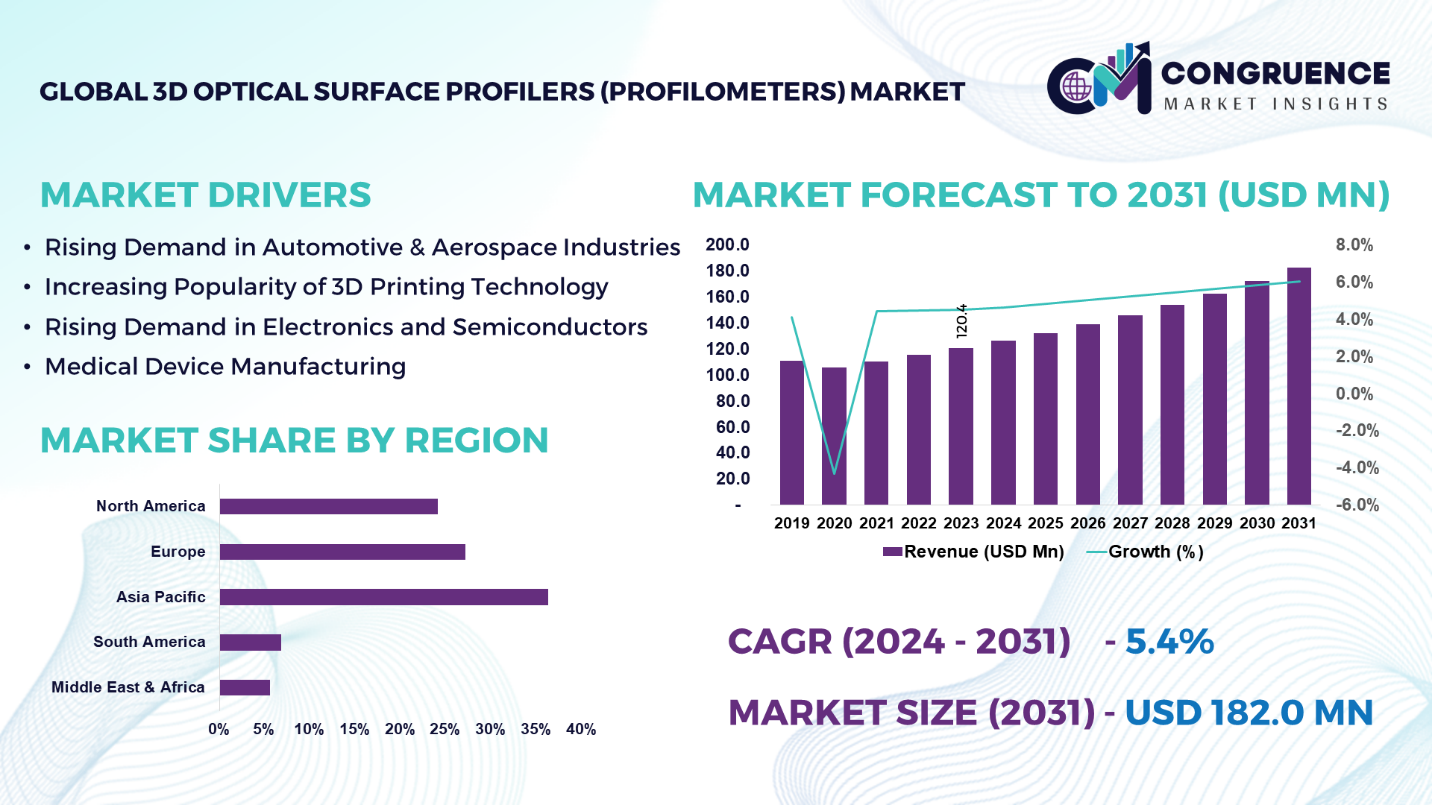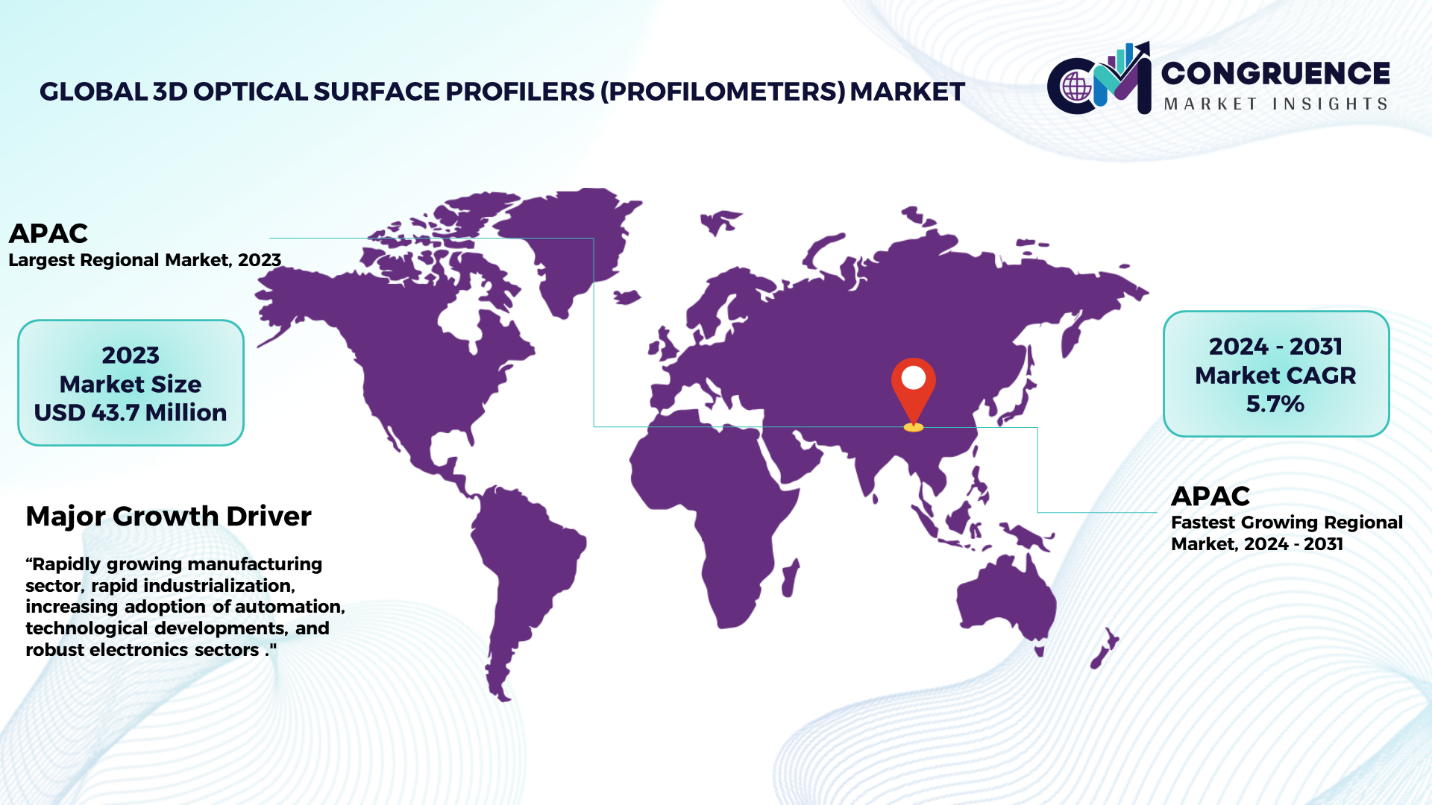Reports
The Global Air Purifiers Market was valued at USD 10,826.3 Million in 2022 and is anticipated to reach a value of USD 18,985.8 Million by 2030 expanding at a CAGR of 7.4% between 2023 and 2030.
An air purifier, sometimes referred to as an air cleaner, enhances the quality of the air indoors by removing impurities. An air purifier reduces the prospect of catching an airborne illness and helps to eliminate offensive odors, dust, pollen, smoke, and hazardous chemicals. These gadgets are frequently advertised as helping people with allergies and asthma as well as lowering or getting rid of secondhand tobacco smoke. Active and passive technologies are the two categories of air purification systems. While passive air purifiers use air filters to remove pollutants, active air purifiers release negatively charged ions into the air that cause pollutants to stick to surfaces. Since all of the dust and other particulate matter is totally eliminated from the air and gathered in the filtration systems, passive purifiers are more effective. The air can be purified using a variety of techniques, each with a different level of efficacy. High-efficiency particulate air (HEPA) filters and ultraviolet germicidal irradiation (UVGI) were the most widely used techniques as of 2005.

Air Purifiers Market Major Driving Forces
Growing Urbanization Process: Over half of the world's population resides in cities. As the economy grows quickly and urbanization and industrialization pick up speed, there is growing concern about environmental pollution. The quality of the air is significantly impacted by the growing urban population. Thus, it is anticipated that the global air purifier market will expand in tandem with rising urbanization and rising consumer awareness.
Growing Vehicles on the Road: It is projected that the rising number of cars and other vehicles producing emissions will increase demand for air purifiers due to their huge role in air pollution. Thus, it is anticipated that the global air purifier market will expand in tandem with the rising number of vehicles on the road.
Technological Advancements: Technological advancements in air purifier technology, such as the development of smart air purifiers that can be controlled remotely via smartphones, are getting traction due to the convenience and other benefits they provide.
Various Air-Borne Diseases: The silent killer is air pollution. Millions of people die from it every year, and the toll from industrialization and urbanization is only going to climb. Even more concerning is the fact that respiratory issues aren't the only ones brought on by air pollution. Numerous additional illnesses, some potentially fatal, have been connected to it, including lung cancer, asthma, and a number of neurological conditions, including Parkinson's and Alzheimer's. One of the many factors driving the air purifier industry is the severity of these diseases.
Air Purifiers Market Key Opportunities
Portable Air-Purifiers: The downsizing of current air purifiers has resulted in the proliferation of portable air purifiers that can be simply transported from room to room. The convenient experience of portable air purifiers presents a tremendous potential possibility for manufacturers to capitalize on.
Online Retail and E-commerce Growth: The proliferation of e-commerce and online retail platforms presents a prospect for producers of air purifiers to broaden their consumer base and enhance their market penetration. Global market expansion and product accessibility are made simpler by online sales platforms.
Application in Healthcare Sector: Air-Purifiers finds its huge application in hospitals and various nursing homes. Increasing adoption of air purifiers in healthcare facilities to improve indoor air quality and prevent the spread of infectious diseases. It presents a huge opportunity for the global air-purifier market.
Air Purifiers Market Key Trends
· Integration with voice assistants and smart home systems enables easy control and monitoring of air purification.
· Creation of small, lightweight smart air purifiers that are portable and easy to use while traveling.
· The process of optimizing air purification settings using machine learning and artificial intelligence techniques in conjunction with data on current air quality.
· The rising popularity of sustainable and energy-efficient smart air purifiers made of recyclable materials and energy-efficient technologies.
· Expanding the amount of customization choices so that users can adjust air purification settings to suit their unique requirements and tastes.
Region-wise Market Insights
Asia-Pacific not only accounted for the largest market share at 38.9% in 2022, but is also expected to register the fastest growth, expanding at a CAGR of 8.2% between 2023 and 2030.

In the projection period, Asia Pacific is expected to have the biggest market share, accounting for about 38.9%, which is USD 4,2119.4 million. Asia-Pacific is also expected to register highest growth rate having CAGR of 8.2%. The Asian Pacific region's need for air purifier goods is predicted to rise in response to rising pollution levels in countries such as China and India. Air pollution is the main cause of death in nations such as China and India. These nations have put in place a variety of policies, such as automotive emission-reducing converters and graded air quality rating response systems. Tech-savvy customers are drawn to the residential market by the increasing usage of smart home technology, including the ability to control air purifiers with smartphones and smart speakers. Europe has 2nd largest market shares of 25.6%, whereas North America has 23.8% of market share, driven by growing health concerns and awareness of smart purifiers. National air quality standards have been related to government regulations that improve air quality standards, such as the Clean Air Act, which was created by the US Environmental Protection Agency (EPA) in 1970.
Market Competition Landscape
The fierce rivalry between several producers is a defining feature of the global air purifier industry. Important firms in the air purifier industry use tactics to have an advantage over their rivals. In order to adapt to changing customer tastes, these methods include product innovation, design distinction, and the use of eco-friendly and sustainable materials. Established companies rely on their quality and dependability reputation to hold onto market share, while more recent competitors concentrate on disruptive technologies and USPs.
The rivalry in the industry has increased due to e-commerce and online shopping, which has given both existing and new businesses a platform to reach a larger client base. The wide range of demands that customers have across different areas, including differences in materials, sizes, and designs, also drives market rivalry. A few innovators are putting money into developing smart air purifiers that can be operated from a distance using smartphones; these devices are becoming popular because of their ease and other advantages.
Prominent players in the market include:
· Honeywell International Inc.
· Dyson Ltd.
· Philips N.V.
· Blueair AB
· Sharp Corporation
· Coway Co., Ltd.
· Daikin Industries, Ltd.
· Molekule, Inc.
· Xiaomi Corporation
· Aerus LLC
· LG Electronics Inc.
· Whirlpool Corporation
· Panasonic Corporation
· Winix Inc.
· Alen Corporation
|
Report Attribute/Metric |
Details |
|
Market Revenue in 2022 |
USD 10,826.3 Million |
|
Market Revenue in 2030 |
USD 18,985.8 Million |
|
CAGR (2023 – 2030) |
7.4% |
|
Base Year |
2022 |
|
Forecast Period |
2023 – 2030 |
|
Historical Data |
2018 to 2022 |
|
Forecast Unit |
Value (US$ Mn) |
|
Key Report Deliverable |
Revenue Forecast, Growth Trends, Market Dynamics, Segmental Overview, Regional and Country-wise Analysis, Competition Landscape |
|
Segments Covered |
· By Product Type (Dust Collectors, Fume and Smoke Collectors, Others) · By Technique (High-efficiency Particulate Air (HEPA), Thermodynamic Sterilization System (TSS), Ultraviolet Germicidal Irradiation, Ionizer Purifiers, Activated Carbon Filtration, Others) · By End User (Residential, Commercial, Others) |
|
Geographies Covered |
North America: U.S., Canada and Mexico Europe: Germany, France, U.K., Italy, Spain, and Rest of Europe Asia Pacific: China, India, Japan, South Korea, Southeast Asia, and Rest of Asia Pacific South America: Brazil, Argentina, and Rest of Latin America Middle East & Africa: GCC Countries, South Africa, and Rest of Middle East & Africa |
|
Key Players Analyzed |
Honeywell International Inc., Dyson Ltd., Philips N.V., Blueair AB, Sharp Corporation, Coway Co., Ltd., Daikin Industries, Ltd., Molekule, Inc., Xiaomi Corporation, Aerus LLC, LG Electronics Inc., Whirlpool Corporation, Panasonic Corporation, Winix Inc., Alen Corporation. |
|
Customization & Pricing |
Available on Request (10% Customization is Free) |
